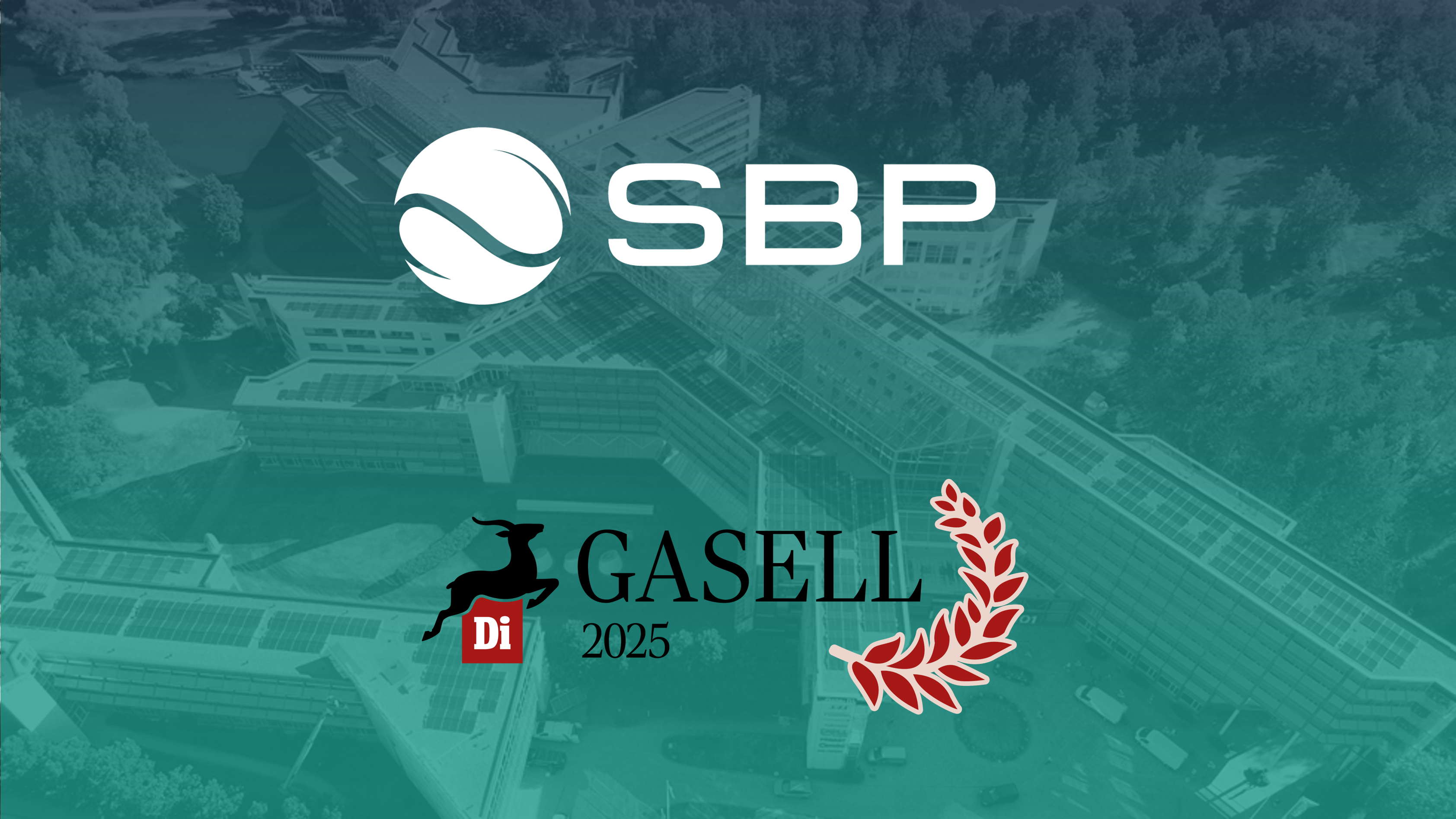At the island of Batam in Indonesia, the world's largest solar cell plant will now be built on water. The panels will be installed on a 1600-hectare area in the middle of the Duriangkang reservoir and will have an installed capacity of 2.2 GW. It will be combined with an energy storage of 4000 MWH, which will also be the world's largest, according to MSN, referring to the website electrek.co.
The project will begin construction in 2022, is estimated to take two years and is the latest in a series of floating plants being built in Asia. Previously, we have written about a plant in Singapore (read more about it here).
Growing in popularity
Floating solar cells have also reached Europe and are growing in popularity. There is already a 2000 square meter plant in the Swiss Alps and a plant with an output of 4 MW is planned in Portugal.
That it would also enter the Swedish market is not entirely unthinkable, according to Anna Werner, CEO of the organization Svensk Solenergi. In an interview with Ny Teknik, she says that floating solar cells are a desirable method for sustainable electricity production in the future.
– There is a market for floating solar cells in the world that is increasing. It is a technological development. It is a bit like building-integrated solar cells, which are also at the stage where the traditional silicon solar cells were 15 years ago – that is where many of the thin-film solar cells are today and also the floating ones. It is up and coming technology, which means that they need the support that silicon solar cells received 15 years ago, to get over the small bump in the beginning that new technology needs, including for people to want to invest in it, she says.
"Can cover our total energy needs"
Although the interest is great, there are currently no plans to build local plants. But with a large supply of lakes and hydropower dams, it may become a reality in the future, provided that the technology is developed somewhat more.
– Hypothetically, you could build a plant with floating solar cells in the middle of Vättern that would cover our total electricity needs in Sweden today – and you still wouldn't see it from the beaches. But unfortunately, not all electricity would come when we need it, and the batteries are not efficient enough yet.





